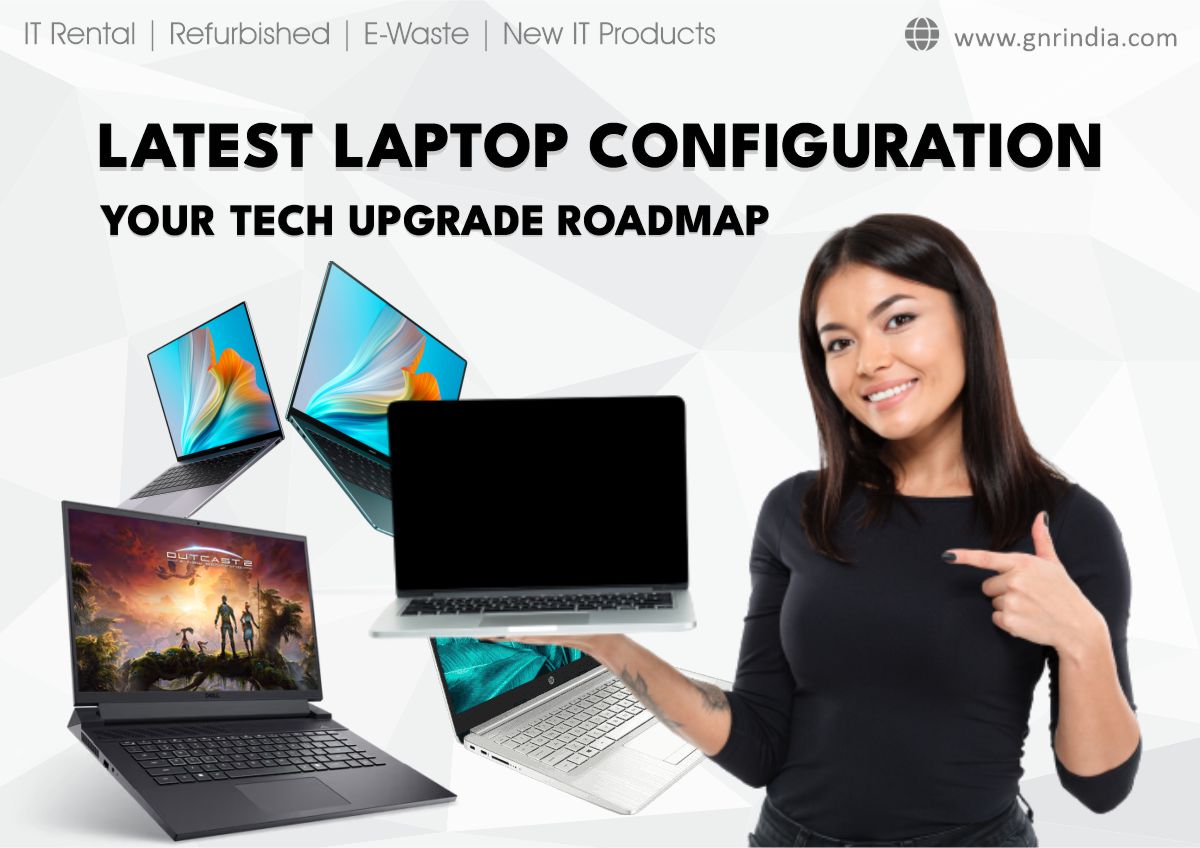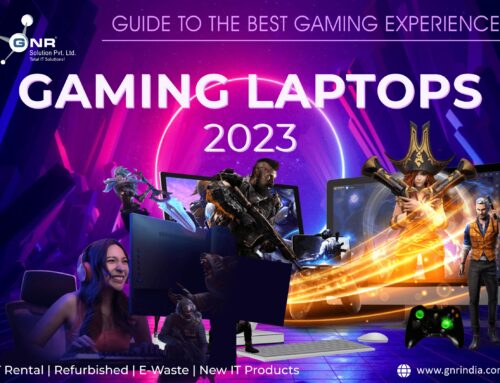Best Laptop Configuration
Imagine having a laptop that doesn’t slow down, effortlessly handles your tasks, and brings your entertainment to life with stunning visuals. To make this dream a reality, you need to understand the world of laptop configurations. Welcome to your tech upgrade roadmap, where we’ll guide you through the latest laptop configurations in simple terms.
Understanding the Basics
Let’s begin with the basics. When we talk about a laptop’s configuration, we’re referring to its internal parts – the stuff that makes it work. There are five key components to keep in mind:
- CPU (Central Processing Unit): Think of this as your laptop’s brain. It processes all the commands and calculations. A faster CPU means quicker tasks.
- GPU (Graphics Processing Unit): This is responsible for rendering images and videos. Gamers and content creators should pay extra attention to this one.
- RAM (Random Access Memory): RAM is like your laptop’s short-term memory. More RAM allows you to run multiple apps smoothly.
- Storage: This is where all your files, photos, and apps live. Solid State Drives (SSDs) are faster than Hard Disk Drives (HDDs).
- Display: The quality of your screen matters. Look for features like high resolution and good color accuracy.
The Latest Trends
Technology never stops evolving, and laptops are no exception. Here are some of the latest trends in laptop configurations:
- Supercharged CPUs: Processors are getting faster and more power-efficient. Brands like Intel and AMD are constantly improving their chips.
- Next-Gen GPUs: Graphics cards are essential for gaming and content creation. Keep an eye out for NVIDIA and AMD GPUs with impressive performance.
- Ample RAM: Laptops are now packing 16GB or even 32GB of RAM. This means smooth multitasking.
- Speedy SSDs: Say goodbye to slow load times. SSDs are becoming standard, ensuring your laptop boots up in seconds.
- Dazzling Displays: OLED screens, high refresh rates, and 4K resolutions are becoming more common, offering eye-popping visuals.
Assessing Your Needs
Before diving into the world of laptop configurations, ask yourself, “What do I need from my laptop?” Your usage will determine the ideal configuration. Here are some common scenarios:
- For Gamers: Look for a laptop with a powerful CPU and GPU, a high-refresh-rate display, and ample cooling for those intense gaming sessions.
- For Creatives: Content creators should prioritize a laptop with a strong CPU, GPU, and a high-resolution display with accurate colors for photo and video editing.
- For Everyday Tasks: If you use your laptop for web browsing, email, and office work, you don’t need the highest-end specs. A mid-range configuration will serve you well.
For Portability: If you’re always on the move, consider a lightweight laptop with good battery life. Sacrificing a bit of power for portability might be worth it.
CPU and GPU Breakdown
The CPU and GPU are two of the most critical components in your laptop configuration. Let’s break them down:
- CPU: The CPU is like the engine of your laptop. Intel and AMD are the leading players here. For everyday use, an Intel Core i5 or AMD Ryzen 5 should suffice. For power users, the Intel Core i7 or AMD Ryzen 7 are excellent choices.
- GPU: Gamers and content creators need a robust GPU. NVIDIA’s GeForce RTX series and AMD’s Radeon GPUs offer excellent performance. If you’re on a budget, consider their mid-range options.
RAM and Storage Considerations
- RAM: RAM is your laptop’s short-term memory. 8GB is the minimum for most users, but 16GB is becoming the sweet spot. If you’re into heavy multitasking or video editing, consider 32GB.
- Storage: SSDs are faster and more reliable than HDDs. Aim for at least a 256GB SSD for a snappy experience. If you need more storage for files and games, get a laptop with a larger SSD or expandable storage options.
Display Technology
Your laptop’s display matters, especially if you spend hours in front of it. Here’s what to look for:
- Resolution: A higher resolution means sharper images. Full HD (1920×1080) is standard, but 4K (3840×2160) offers unparalleled clarity.
- Refresh Rate: Gamers should aim for a high refresh rate (120Hz or more) for smoother gameplay. For regular use, 60Hz is sufficient.
Panel Type: IPS panels offer better color accuracy and wider viewing angles. OLED displays provide vibrant colors and deep blacks but may be pricier.
Battery Life and Portability
If you’re always on the move, battery life and portability are crucial. Look for laptops with good battery life, typically 8 hours or more. Ultrabooks and thin-and-light laptops are easy to carry around without sacrificing too much power.
Future-Proofing Your Purchase
To ensure your laptop stays relevant for years to come, consider these factors:
- Upgradability: Check if you can upgrade RAM and storage in the future.
- Compatibility: Ensure your laptop supports the latest technologies like Wi-Fi 6 and Thunderbolt ports.





